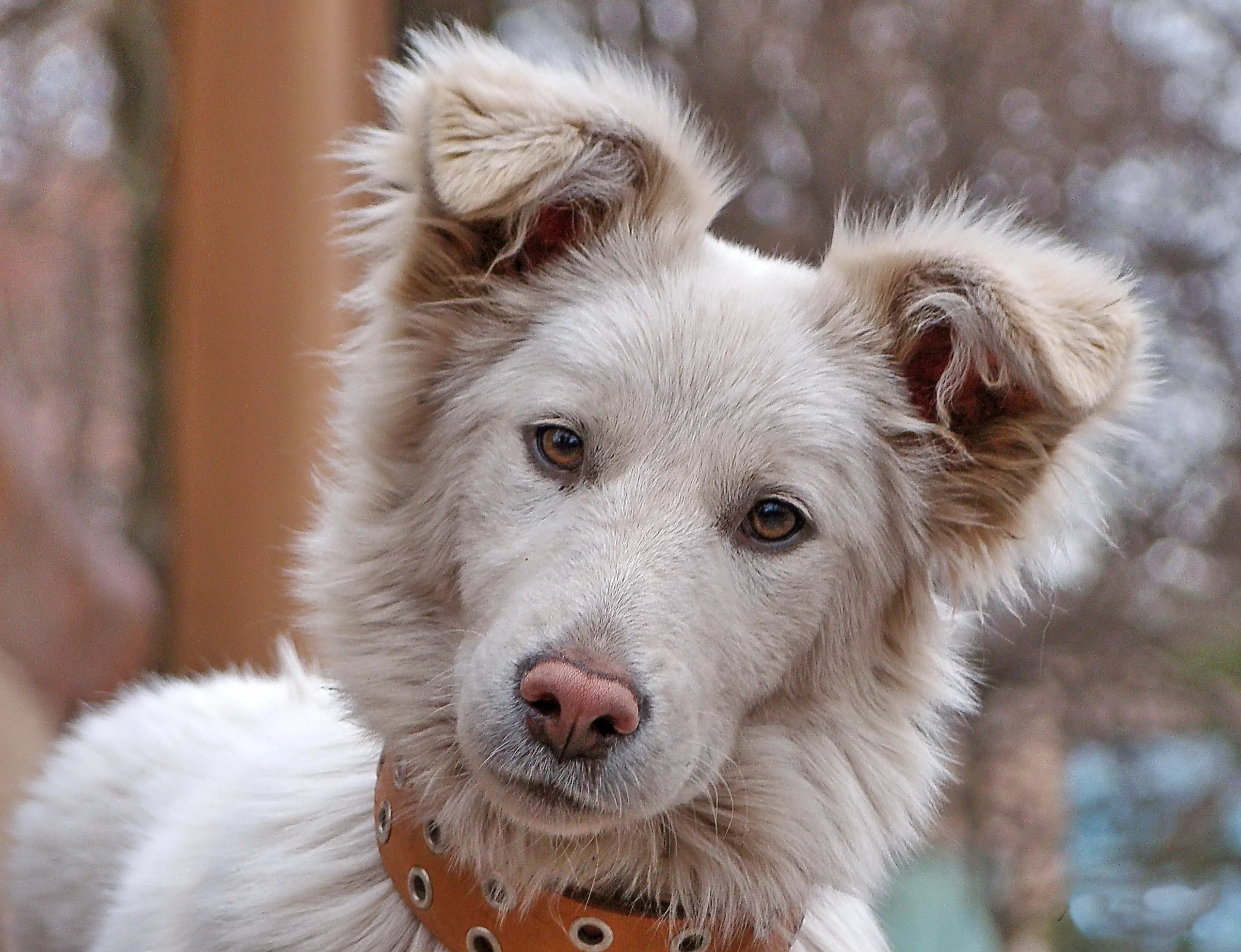Introduction of Dogs with Pink Noses
Dogs come in a delightful array of colors and patterns, but one unique and charming feature that captures our hearts is the pink nose. While most dogs typically have black or brown noses, the appearance of a pink nose in some canine companions adds an extra touch of cuteness and intrigue. In this article, we will explore what a pink nose on a dog means, whether it is a common or rare trait, if dogs are born with pink noses, and which breeds are more likely to have this endearing characteristic.
For more about dogs click here
What Does a Pink Nose on a Dog Mean?
A pink nose on a dog can indicate various things, and it is essential to consider the individual dog’s breed, age, and health. Here are some common reasons for dogs having pink noses:
1. Lack of Pigmentation
The color of a dog’s nose is determined by the presence of pigmentation. A pink nose results from a lack of pigmentation in the skin, causing the underlying blood vessels to be more visible. This lack of pigmentation is common in some dog breeds and can occur due to genetics.
2. Nose Changes with Age
Some dogs are born with pink noses that gradually change color as they age. For instance, certain breeds might have pink noses as puppies, but their noses darken to black or brown as they mature. This is a normal developmental process and is nothing to be concerned about.
3. Sun Bleaching
Just like humans, dogs’ noses can be affected by sun exposure. Prolonged time in the sun can cause the nose’s pigmentation to fade, leading to a pinkish appearance. It’s essential to protect your dog from excessive sun exposure, especially if they have a pink nose, as their skin may be more sensitive to UV rays.
Is It Rare for a Dog to Have a Pink Nose?
The prevalence of pink noses in dogs varies depending on breed and geographic location. While pink noses are less common than black or brown noses, they are not exceptionally rare. Some breeds are more predisposed to having pink noses, while others rarely exhibit this trait. The frequency of pink noses can also vary among different lines and individuals within a breed.
Are Dogs Born with Pink Noses?
In some cases, dogs are indeed born with pink noses. As mentioned earlier, certain breeds may have pink noses as puppies, and the pigmentation gradually develops as they grow. This transformation is a normal part of their development, and there is generally no cause for concern. However, if a dog’s nose remains pink or becomes lighter with age, it may be due to genetics or other factors.
What Breed of Dog Has Red Noses?
Red noses in dogs are somewhat different from pink noses. While pink noses lack pigmentation, red noses are characterized by a reddish-brown hue. Breeds that are more likely to have red noses include:
1. Rhodesian Ridgeback
The Rhodesian Ridgeback is a noble and muscular breed known for its distinctive ridge of hair along its back. They often have a reddish-brown nose, which complements their beautiful coat.
2. Vizsla
Vizslas are elegant and affectionate sporting dogs with a reddish-brown nose. Their warm coat color and red noses make them easily recognizable and incredibly endearing.
3. Weimaraner
The Weimaraner is a sleek and silver-coated breed that often sports a reddish or brownish nose. Their regal appearance and striking nose color make them stand out in a crowd.
4. Irish Setter
Irish Setters are known for their luscious red coats, and they often have a matching reddish-brown nose. Their friendly and outgoing personality makes them beloved family pets.
FAQs about Dogs with Pink Noses
Q: Can a dog’s pink nose indicate health problems?
A: In most cases, a pink nose is not a cause for concern. However, if you notice any changes in your dog’s nose, such as sores, crusts, or excessive dryness, it’s essential to consult a veterinarian to rule out any underlying health issues.
Q: Are pink-nosed dogs more sensitive to the sun?
A: Yes, dogs with pink noses may be more susceptible to sunburn and skin damage from UV rays. To protect your furry friend, limit their sun exposure, especially during peak hours, and consider using pet-safe sunscreen.
Q: Can a dog’s nose change color over time?
A: Yes, some dogs may experience changes in nose color as they age. It’s relatively common for a pink-nosed puppy to develop a darker nose as they mature.
Q: Should I be concerned if my dog’s nose is always dry?
A: A dry nose in dogs can be normal, depending on factors like climate and hydration levels. However, if your dog’s nose is consistently dry, it could be a sign of dehydration or an underlying health issue. Provide fresh water and monitor their nose’s condition, and consult a vet if you have concerns.
Q: Are there any health risks associated with pink noses in dogs?
A: Pink noses themselves do not pose health risks. However, their lack of pigmentation may make them more susceptible to sunburn and skin sensitivity. Take precautions to protect their nose from excessive sun exposure and consult a vet if you notice any abnormalities.
Conclusion on Dogs with Pink Noses
Dogs with pink noses have a special charm that sets them apart and captures our hearts. While it may seem unusual compared to the more common black or brown noses, a pink nose in a dog is entirely natural and can result from various factors like genetics, age, and sun exposure. For many breeds, the pink nose is just a temporary phase during their early months, while for others, it remains an endearing and distinctive feature throughout their lives. Remember, regardless of the color of their noses, our canine companions bring us boundless love and joy, making them truly extraordinary companions in our lives.
